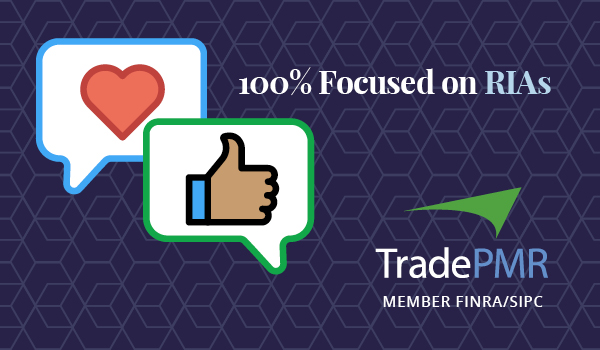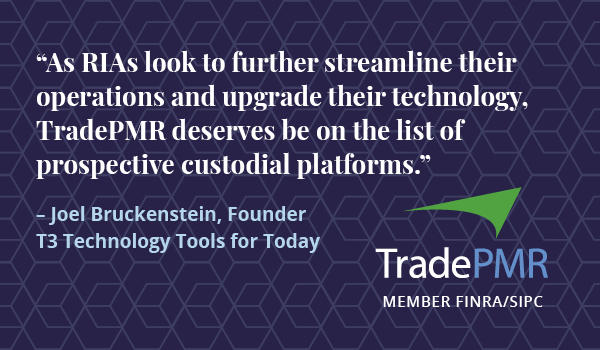It is not surprising that RIA firms capture and have access to an enormous amount of data about their prospects and clients. Many advisory firms capture a large amount of client data during their initial discovery process with the client, and that data continues to build over the course of the client relationship.
This data can be used to possibly identify future opportunities and unlock long term growth opportunities for the firm. However, capturing a large amount of data that is superfluous - or data that will never be used by your firm - is inefficient and can lead to information overload.
Advisory firms need to consider the data that is most pertinent to help them to grow their practice. They can capture that data, structure it, and then leverage it in the future.
On top of understanding the value of your data, it’s important to determine what data you own, and how your third-party vendors approach your firm’s data. I recently joined with TradePMR and Joel Bruckenstein, president of Technology Tools for Today, to focus in on these points in a white paper and webinar.
Let’s examine how valuable data can help your firm achieve long-term growth and how you can view your data more strategically.
Growth-Oriented Approach
Clients will typically share information on their bank accounts, prior tax returns, and existing investment accounts during the discovery process. All this information is provided to the advisor in documents that the client typically shares. Tax data is typically imported using a variety of advisor available tax analysis tools for tax planning purposes.
However, this data can also be used to document the client’s current employer and other demographic data. That data can be stored in a structured format in your CRM and can be leveraged by an advisor when they speak to their client.
The advisor can leverage the information that they have in their CRM in their next quarterly or biannual conversation with their client. That conversation may uncover that their client changed jobs since their last conversation. A job movement may indicate an orphaned retirement plan at their prior employer that the advisor can suggest rolling over to their firm’s management, if appropriate. This use of valuable data can certainly grow your client relationship and your firm!
Long-Term Growth Approach
Advisors capture large amounts of data when talking to their clients. Many advisors capture data about their client’s significant other, for example their name and birthday. Many advisors use that data to send thoughtful notes around the holidays or their birthday.
However, advisors can capture additional pertinent data. For example, the significant other’s current employer. This data can assist in future conversations if the significant other changes companies as we discussed in our prior section.
Capturing data about the client’s children and their ages may be used to create long-term tasks for the advisor to discuss financial and estate planning during the annual client review. College planning conversations can be started by simply asking if a client’s child plans to attend their alma mater.
Studies have suggested that up to 80% or more of heirs will look for a new financial advisor after inheriting their parents’ wealth.1 The ability to start multi-generational financial planning conversations early are not aspirational, but necessary for the long-term survival of your firm.
Accessing Growth-Focused Data
Not all third-party providers approach data, or its access, in the same way. Advisory firms should consider how their providers enable the capture of growth-oriented data. In addition, they must consider how their provider enables access to the data.
RIAs need data that their firms can access and use in a way that enables them to drive growth-focused insights to:
- Enhance their operations
- Provide superior client service
- Drive growth opportunities in every client conversation
TradePMR believes that RIA firm data is just that – the RIA’s data. They work with advisory firms to identify the growth-oriented data that they would like to review and enable them to capture the data. If TradePMR can make the data analysis process easier for your firm, they will do everything in their power to do just that. That starts with providing structured, usable data to advisors whenever and wherever they need it, if possible.
John O’Connell is the founder of The Oasis Group and has more than 28 years of leadership experience in both emerging businesses and mature, established organizations.
TradePMR and John O’Connell are not affiliated. Securities offered through TradePMR. Mr. O’Connell received no compensation for his endorsement of TradePMR in this blog. This material is not intended to be relied on as investment advice and does not constitute a recommendation of any particular investment or investment strategy or an inducement to buy or sell any securities. The opinions expressed herein are those of the author and do not necessary reflect the opinion of TradePMR. Any opinions expressed are as of the date of this blog article and are subject to change, without notice. Any reliance on the information herein is done solely at the discretion of the reader.
[1] https://www.cnbc.com/2019/10/21/what-the-68-trillion-great-wealth-transfer-means-for-advisors.html







